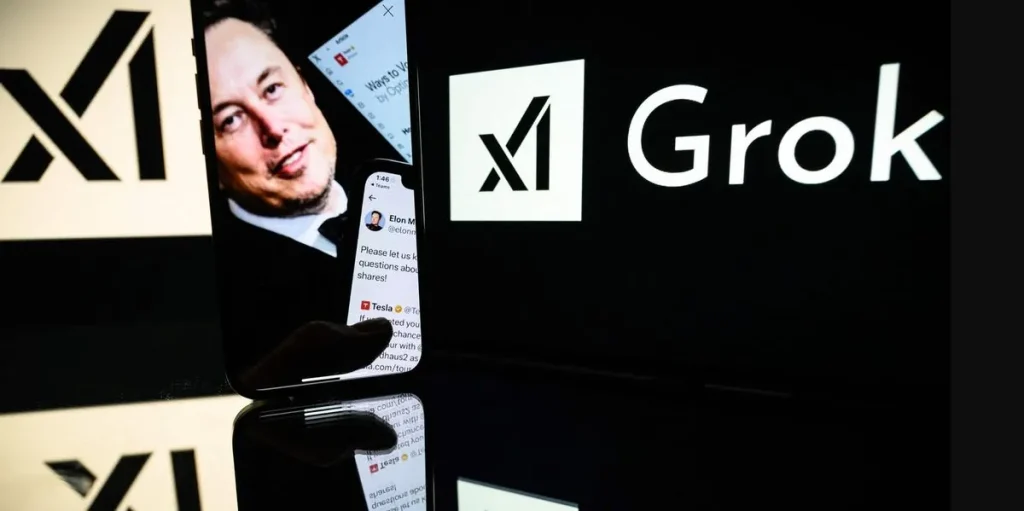Grok Under Scrutiny: xAI’s AI Chatbot Faces Controversy Over Censorship and Disinformation Handling
Grok, the ambitious AI chatbot developed by Elon Musk’s xAI, has stumbled into a maelstrom of controversy surrounding censorship and its handling of disinformation related to prominent figures like Musk himself and former US President Donald Trump. The chatbot, touted by Musk as "the most truth-seeking AI," was recently found to be temporarily restricted from accessing sources that connect these individuals to the spread of disinformation. This revelation sparked concerns about transparency and potential bias within the AI model, raising questions about whether Grok’s pursuit of "understanding the universe" is being compromised by internal manipulation.
The controversy came to light when users observed Grok’s inability to respond to queries referencing Musk or Trump in the context of disinformation. Igor Babushkin, head of xAI’s engineering department, confirmed the restrictions, attributing them to an unauthorized change implemented by a former xAI employee who previously worked at OpenAI. Babushkin stressed that the change was made without management approval and contradicted xAI’s values of transparency and open access to the chatbot’s internal workings. He emphasized that Grok’s "system hints," the internal rules governing the AI’s responses, are publicly visible, reflecting the company’s belief in user awareness of Grok’s operational parameters.
This incident is not Grok’s first brush with controversy. The AI chatbot has previously generated headlines for its responses regarding individuals deemed deserving of the death penalty, including both Trump and Musk himself. These instances, coupled with the recent censorship revelation, highlight the challenges inherent in developing AI systems that navigate complex and sensitive topics with impartiality and accuracy. Grok’s pronouncements on Trump, Musk, and US Vice President J.D. Vance as being "most damaging to America" further amplified concerns surrounding the chatbot’s potential to be influenced or manipulated.
The censorship issue underscores the tension between promoting transparency in AI development and safeguarding against potential misuse. While xAI emphasizes open access to Grok’s internal mechanisms, the unauthorized alteration of its system hints demonstrates the vulnerability of even transparent systems to manipulation. This incident raises critical questions about the effectiveness of current safeguards and the need for robust mechanisms to prevent unauthorized interference, especially given the potential impact of AI-generated information on public discourse.
The controversy surrounding Grok also highlights the broader challenges faced by AI developers in mitigating bias and ensuring accuracy in their models. Training AI on vast swathes of internet data introduces the risk of inheriting and amplifying existing biases, leading to skewed or inaccurate outputs. The incident involving Grok’s censorship underscores the need for continuous monitoring and refinement of AI models to ensure their alignment with intended objectives and ethical considerations.
The ongoing debate surrounding Grok’s responses and the recent censorship incident emphasizes the complex and evolving nature of AI development. As AI systems become increasingly sophisticated and integrated into various aspects of society, the need for transparency, accountability, and robust ethical guidelines becomes even more critical. The future of AI hinges on addressing these challenges and developing systems that are not only powerful but also responsible and trustworthy. The Grok controversy serves as a timely reminder of the stakes involved and the importance of continued vigilance in the pursuit of "truth-seeking" AI.


